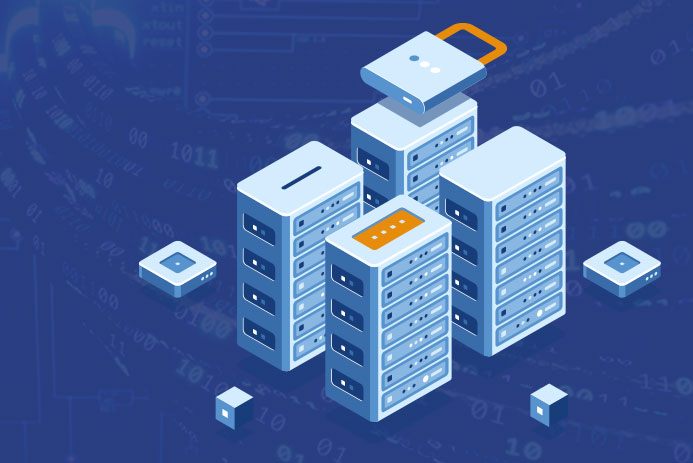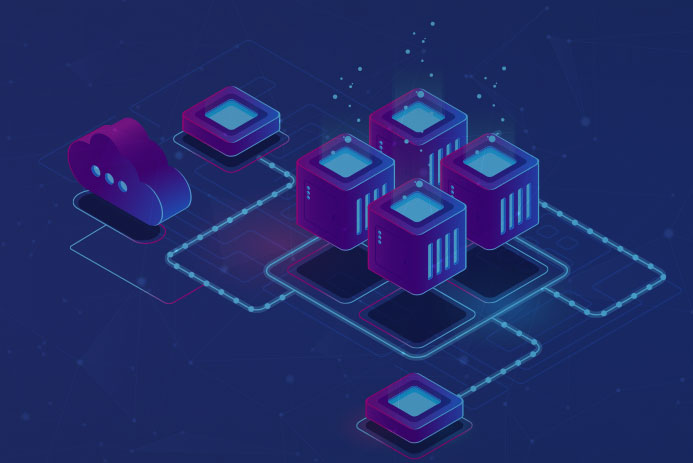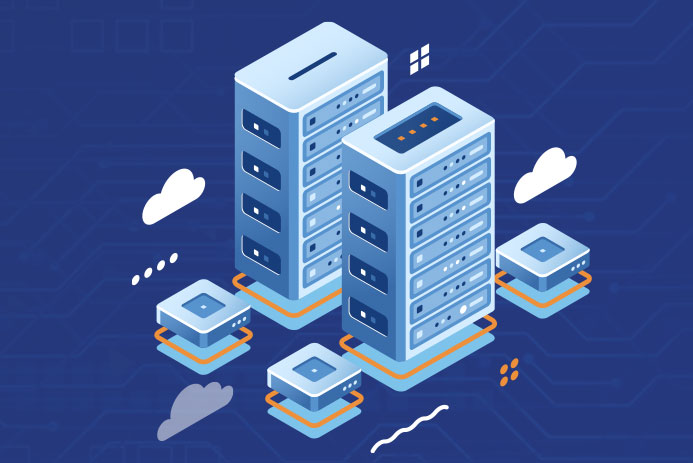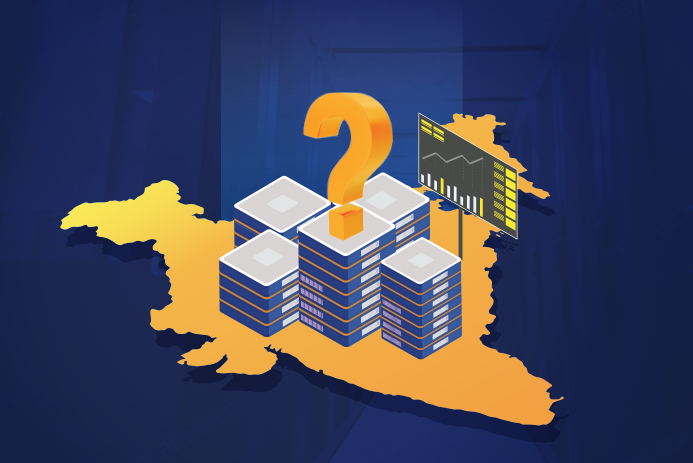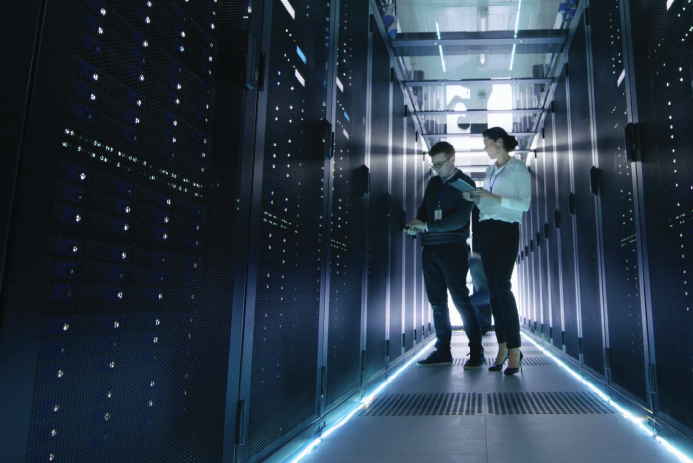Past few months have raised some serious concerns on data protection, data management, and business continuity as enterprises adopted the digital working model. There has been significant dependency on cloud computing and data centers in the wake of COVID-19. In such times, inadvertent IT disasters like hardware failure, data corruption and power failure can cause huge problems which can lead to revenue loss for the affected business. The world has been cautious and has prepared itself for such disruptions due to excess load on servers while working remotely.
Disaster Recovery as a Service (DRaaS) has been around for a couple of decades, but since the pandemic we have seen increased deployment of DRaaS products. A study by Technavio predicts that the DRaaS market is poised to grow by USD 27.44 billion during 2020-2024, at a CAGR of around 43% during the forecast period. DRaaS uses cloud computing to create a recovery infrastructure. In an event of system failure, it provides the company with a backup system and serves as a secondary infrastructure while the primary infrastructure undergoes repair. Today, companies are not only facing risks of cyberattacks from external threat vectors but are also going through an internal menace of over utilizing data center capacity. It is crucial to make sure that data centers are safe and suffer minimal downtime in case of a system failure. Hence, CIOs are proposing DRaaS while strategizing business continuity plan in current times, and companies are encouraged to invest in it.
Manage data centers remotely
Working with a distributed workforce for more than five months has resulted in a sudden growth in data traffic. If the company’s data center capacity is not sufficient to handle extra usage, the system could collapse causing downtime and financial loss. Companies with DRaaS can monitor their servers remotely. IT teams can scale up the data center to meet current usage patterns. DRaaS also provides data protection in real-time and replicates data, so, there will be less Recovery Point Objective (RPO) in times of failure. RPO is data loss during the collapse, reducing Recovery Time Objective (RTO), which is the time it takes to recover data from the secondary infrastructure to get the data center up and running.
Protection from Cyberthreats
According to the Kaspersky Security Network (KSN) report, India stands at the 11th position globally in the number of attacks on servers hosted in the country, which amounts to 2,299,682 incidents in Q1 2020. Businesses had no to very less time to prepare themselves for remote working. Companies went under lockdown without taking safety precautions, such as VPNs and two-factor authentications. This made organizations prone to cyberattacks like ransomware and phishing attacks. DRaaS backs up data in the cloud, instead of using the company’s servers for it. This safeguards the company data and prevents data loss as well as reduces the damage caused by a cyberattack.
Efficiency in the time of a disaster
There are other alternatives for data recovery like Recovery as a Service (RaaS) or Backup as a Service (BaaS). These solutions take time to ensure data is safe and risk-free thereby, increasing the downtime for a substantial period. Whereas, DRaaS only adds a few minutes to the downtime to determine data safety. DRaaS provides a clear and predetermined plan on the next steps for the IT team in case of a system failure. DRaaS also allows companies to run multiple tests to ensure their failover plans are working properly, unlike other recovery solutions.
Automated recovery
Disaster recovery as a service is fast emerging as a popular service for backing up data and providing immediate system failover to a secondary infrastructure. DRaaS provides a much speedier, automated, and reliable recovery operation than that of an in-house data recovery plan. DRaaS service providers leverage data replication technologies, automated and orchestrated recovery, to lay out aggressive recovery point and recovery time objectives. Service providers are also benefitting by making use of public cloud that helps them in providing increased flexibility and offer usage-based model to their customers.
Seamless redundancy
Organisations using Tier IV DRaaS do not have to worry about loose ends in the system. They have redundancies for every process, 2N+1 infrastructure (two times the amount required for operation plus a backup). The data is stored in multiple places in a Tier IV ranking center to avoid a single point of failure that may result in significant downtime. Tier IV data center safeguards your data and applications regardless of any mechanical failures. There are backup systems available for cooling, power, data storage, and network links.
Cost effective to organizations
Owning your data recovery solution adds additional costs of IT infrastructure, connectivity, IT staff and so on. Moreover, these costs will be doubled up to receive upgrades for the data recovery solution, blocking the company’s funds with no value on the return of investment. DRaaS is also available on a pay-per-use model. This monthly subscription generally includes pre-configured hardware, management, support, and latest upgrades. The service provider bears the cost of constructing and maintaining the infrastructure which saves operating expenditure of the company. Moreover, the company need not hire IT professionals to manage the DR solution which further reduces costs.
COVID 19 has created made businesses revisit their IT infrastructure and network capabilities. Businesses are going digital and adopting cloud computing to salvage the situation and maintain business continuity. Keeping the data of the company protected is necessary in the ongoing virtual work environment. DRaaS is therefore a proven and effective solution in mitigating threats that CIOs must consider when evaluating their data center needs.
Source: https://www.expresscomputer.in/columns/why-disaster-recovery-as-a-service-is-integral-to-business-continuity-planning/64972/













